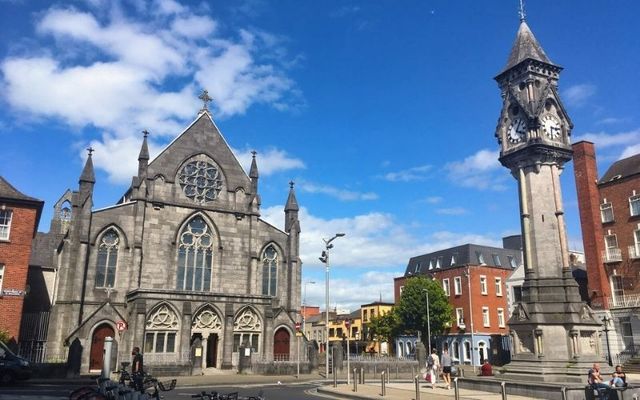Do you have Limerick roots? See how many of these interesting facts you already knew about The Shannon Siders.
IrishCentral has put together the best facts about the great county of Limerick.
County Limerick was once the hub of transatlantic travel.
In the 1930s and early 1940s, the Limerick village and port of Foynes was the fulcrum point for air traffic between Europe and America and flying boats were regular visitors with exhibits, illustrations and audio-visuals. You can relive this history now at the Flying Boat Museum in the village.
County Limerick is the home of "Angela’s Ashes" author Frank McCourt.
"Angela’s Ashes: A Memoir" tells of the author’s life in Limerick, struggling with poverty and his father’s alcoholism. You can go on a walking tour around Limerick city and take in the places mentioned in the book, including Windmill Street, Barrack Hill, the site of the former Roden Lane, South’s Pub, and Leamy’s School. The city also has the Frank McCourt Museum to pay tribute to its most successful author.
The Limerick Soviet existed for almost two weeks in 1919
The Limerick Soviet was a self-declared Soviet that existed from April 15 to 27 in 1919. As the War for Independence began, the Limerick Trades and Labour Council organized a general strike protest against the British army's declaration that Limerick was a "Special Military Area" under the Defence of the Realm Act. The Soviet ran the city for a short period, printing its own money and organizing the supply of food until Lord Mayor of Limerick, Alphonsus O'Mara, and the Catholic Bishop Denis Hallinan called for the strike to end.
Is there a link with the 5-line poems of the same name?
It is still uncertain whether there is a link between the form of poetry known as a Limerick and the city/county. It’s generally taken to be a reference to the Irish place name but its first usage is documented in England. Others believe the form germinated in France in the Middle Ages or may have derived from a verse parlor game that included the chorus "Come all the way up to Limerick?"
The last person to be executed in the Republic of Ireland was from County Limerick.
Michael Manning was a 25-year-old carter from Limerick, found guilty of the rape and murder of Catherine Cooper. On Tuesday 20 April 1954, he became the last person to be executed in the Republic of Ireland. The execution by hanging was carried out in Mountjoy Prison, Dublin where his body was buried in an unmarked grave.

The colorful little town of Adare is in County Limerick
Limerick is known as the Treaty City.
The city earned this name as the Treaty of Limerick was signed here in October 1691 following the war between William III of Hanover of England and his Father in Law King James II.
The signing of the Treaty saw the successful accession of William of Orange and his wife Mary Stuart, daughter of King John II to the throne of England.
The Treaty was believed to have been signed on a stone in the sight of both armies at the Clare end of Thomond Bridge. Said stone has rested on a plinth since 1865, at the Clare end of Thomond Bridge in Limerick City.
Limerick was also once known as “The City of Sieges."
The city of Limerick was sacked so many times during the 17th century that it became known as “The City of Sieges." The city was held under siege in 1642, 1650-51(during the Eleven Years War), 1690, and 1691 (during the Williamite War).
Jack the Ripper’s only Irish victim came from County Limerick.
Limerick-born Mary Jane Kelly was butchered to death in 1888 in London's Whitechapel area and is believed to be the fifth and last of Jack the Ripper’s victims.
In 1963, US President John F. Kennedy visited County Limerick
On June 29, 1963, US President John F. Kennedy made his last stop on his Irish tour in Limerick before flying back to the US from Shannon Airport. Crowds piled into Greenpark Racecourse on the outskirts of Limerick city to hear the President speak.
You can walk across the River Shannon from County Limerick to County Clare
The Living Bridge (An Droichead Beo) is a pedestrian bridge that crosses the River Shannon, linking the University of Limerick’s campus to its premises on the far bank in Co. Clare. The 350-meter bridge is the longest pedestrian bridge in Ireland.
*Originally published in 2015. Updated in May 2024.




Comments